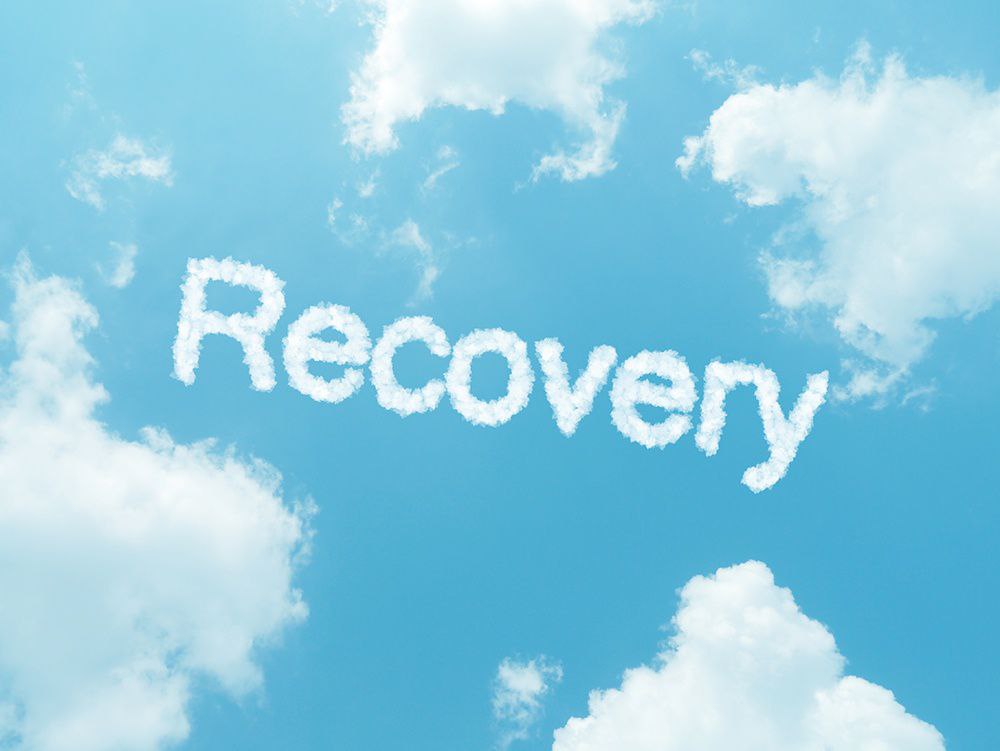Disaster Recovery in the Cloud
Modern Data Center | Business Continuity | Disaster Recovery | Managed Services
The popularity of the Cloud is unquestionable, with the majority of U.S. businesses using cloud computing. But, with this increased usage, cloud-based Disaster Recovery (DR) has become even more crucial.
Like many cloud-based products and services, Disaster Recovery is advantageous for many companies, especially SMB (small and medium businesses), for a number of reasons:
- It can lower deployment costs after a security breach.
- It can speed up the rate of data, and system recovery.
- It requires less hardware.
- It requires less IT man hours, especially in terms of DR maintenance, and monitoring.
- It can be purchased on a scalable basis.
- It offers a more simplified environment.
Although cloud-based Disaster Recovery is an excellent security breach recovery option for SMB companies, choosing between the various Disaster Recovery options available can be challenging.
What to Look for in Cloud-Based Disaster Recovery
With greater tech diversity comes a wide range of options for dealing with a security breach. To know which provider best suits you, you'll have to make sure the service aligns with your disaster recovery needs. Here are a few relevant questions to ask:
- How do you ensure secure data transfers?
- What is your user authentication process, and is it single or double authentication?
- What regulatory compliance standards do you adhere to?
- What are the bandwidth requirements?
- In the event of a disaster, will all my users be able to connect to your system via the Cloud?
- How long will the restore take after a security breach?
These questions will help you gain a clearer picture of what your potential Disaster Recovery plan would be with a specific provider.
Keep in mind that you're not looking for the biggest, fanciest, or most expensive provider. You're looking for a solution that matches your needs. Since Disaster Recovery doesn't come with a single blueprint, these solutions will vary greatly.
Important Disaster Recovery Elements
Disaster Recovery isn't a set-it-and-forget-it solution. It's an evolving process that needs to be carefully set up, and monitored. To help you effectively implement your DR plan, consider the following tips:
The Importance of Triage
When you're setting up your Disaster Recovery solution, you'll need to triage certain processes, services, data, and applications. What can your company not function without?
Whatever those things are, they should be top priority. Ideally, you'll want to list all your processes and applications, and sort them according to importance. You'll also want to ask your provider how much time it would take to get each element back online, since the amount of downtime may affect your priorities’ placement.
Cost vs Thoroughness
Most of us want an all-encompassing Disaster Recovery plan, but buying all the bells, and whistles may not be feasible. If your budget can't support endless costs, the list you’ve made will help you. You can use it to determine what's mission-critical, and what could be restored later with a more affordable backup solution. Just make sure all your critical applications are covered in the plan.
If you are unsure how much you can afford to cover in your Disaster Recovery plan, ask potential vendors to give you two quotes: one with your mission-critical data, and one with the whole package.
Have a Digital Fire Drill
Every tech worker knows that the only guarantee with any technology solution is that something will eventually go wrong. Don't just purchase a solution, and assume it works perfectly. Have a digital fire drill to test it out. With this security-breach test, you can determine potential problems in a virtual environment, which will help you outline any changes you may need.
If possible, do these drills at least biannually, to ensure your staff is ready to complete a recovery within the shortest possible timeframe.
Disaster Recovery is serious business, and it should be attacked with the same voracity as any mission-critical application. If you don't have the knowledge or time to execute your DR plan effectively, seek help.
At Kelser, we have helped hundreds of companies maintain business continuity in the event of emergencies. Give us a call to learn how you can too.




